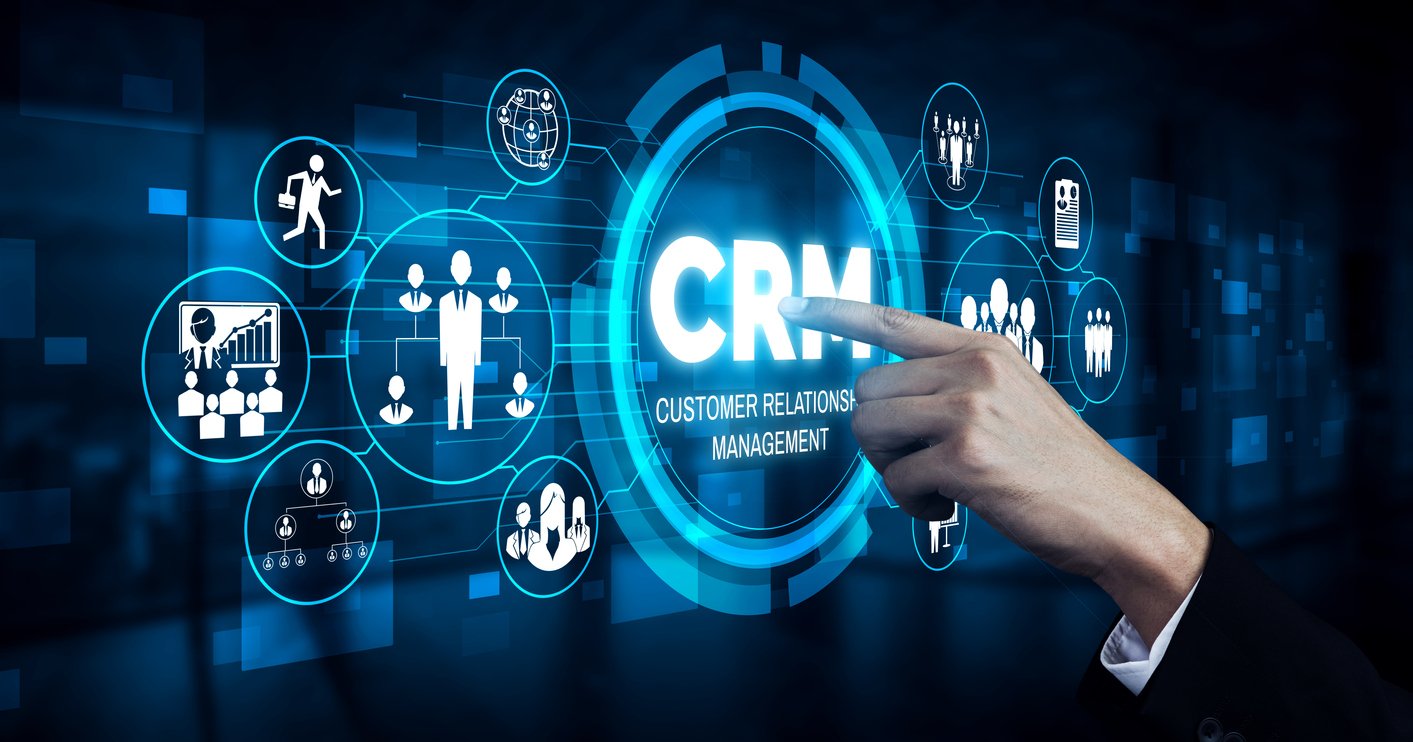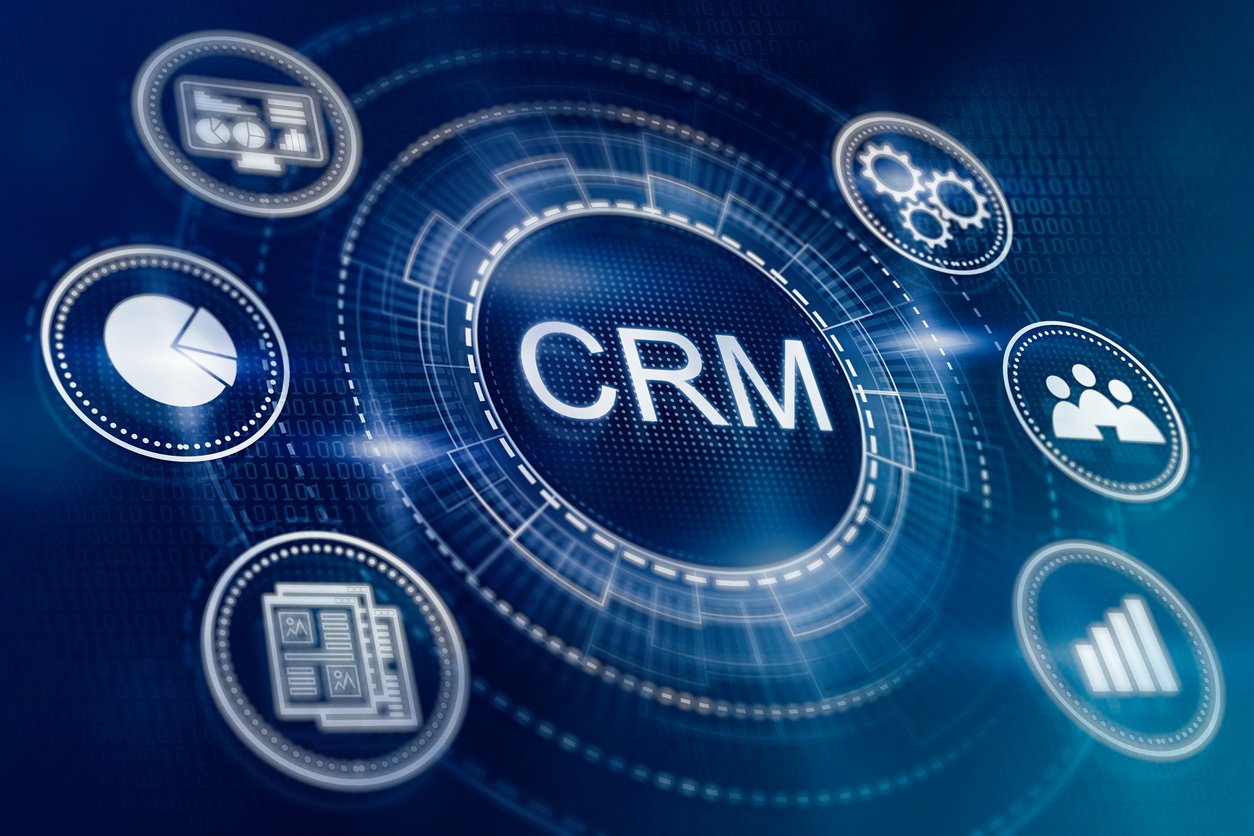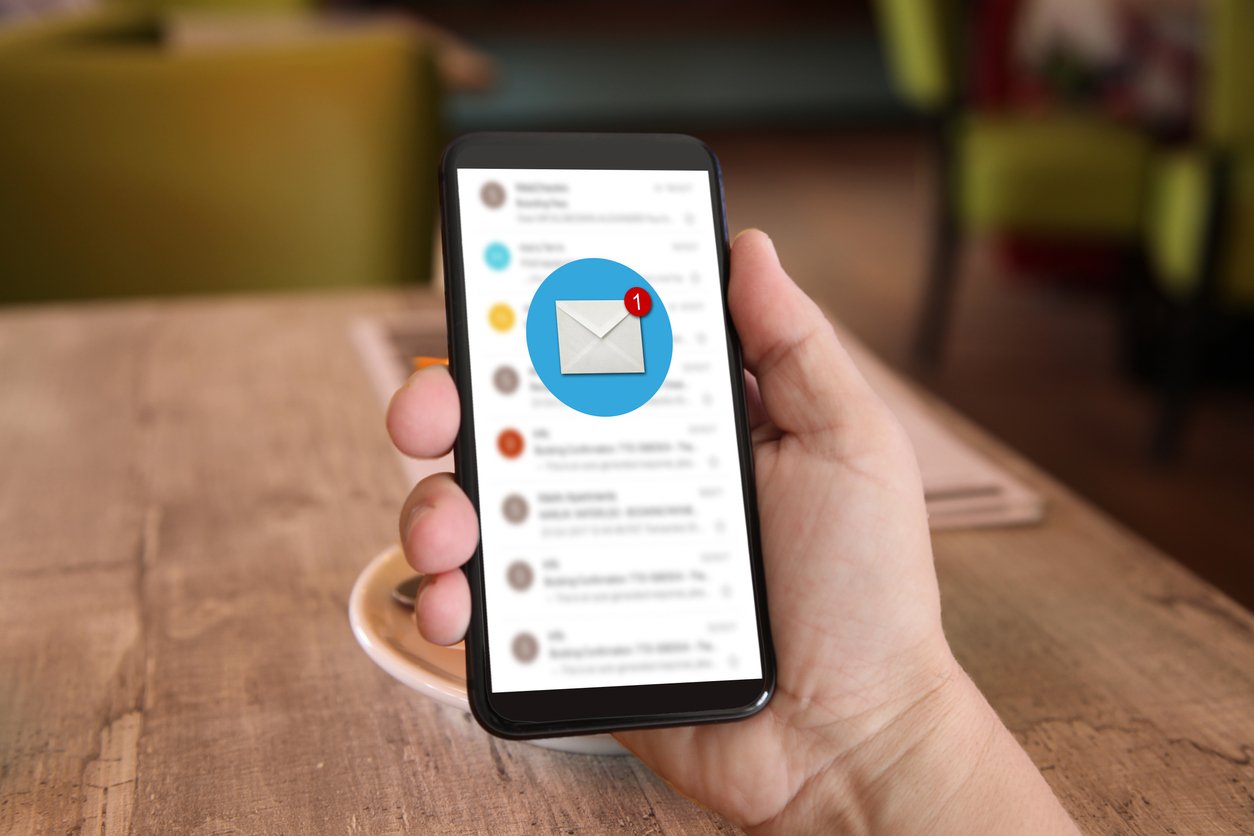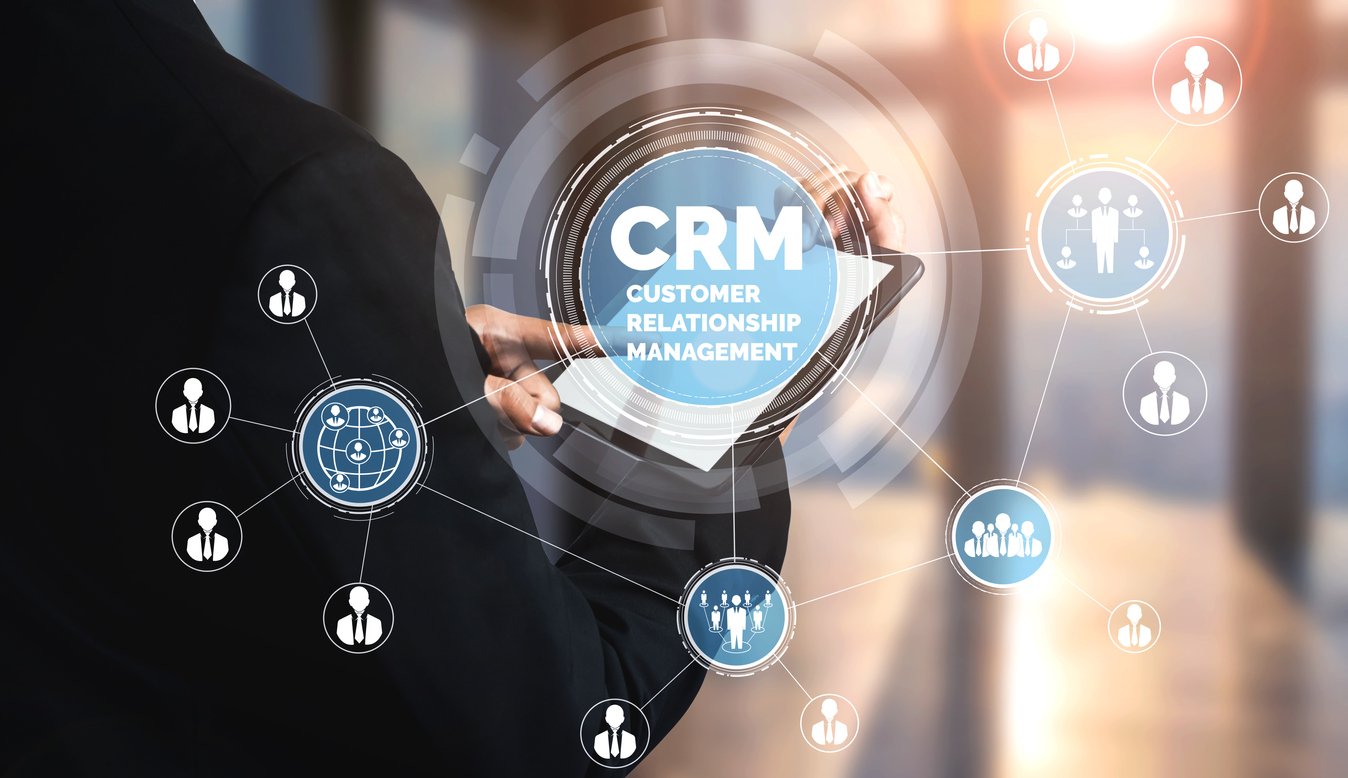
What Is a Unique Selling Proposition (USP) and How To Create It
 Updated on
Updated on
 By Katie Bowman
By Katie Bowman
Katie Bowman
Katie has extensive experience in customer service and enjoys the opportunity to help others. She is committed to providing high-quality service and d...
learn more
Katie Bowman
Katie has extensive experience in customer service and enjoys the opportunity to help others. She is committed to providing high-quality service and d...
Table of Contents
Table of Contents
Standing out in your field isn't just something farmers do.
Okay, we deserved that eye roll.

But selling a product isn't just about setting up a "Lemonade 10¢" sign and leaning back to wait. Every other kid on the block is selling lemonade on a hot day. If you don't differentiate yourself, you may never attract business.
That's where your unique selling proposition (or USP) comes in.
So, what is a unique selling proposition exactly?
A Unique Selling Proposition (USP) is a unique feature or aspect of your business that makes it stand out from others. Something that makes it better than other businesses in your field. Something it does better than other businesses in your field.
A unique selling proposition follows three points:
|
Point |
Meaning |
|
1. The proposition must be something your competitor cannot or does not offer |
Hence "unique". It must be something no one else in your field advertises. |
|
2. The proposition needs a clear benefit |
No fluff and puffery. Buy this and get this solid benefit. |
|
3. The proposition must be strong |
A strong idea, belief, or need that can attract new customers and keep them. |
A USP is one of the building blocks in your overall sales strategy.
Why Do You Need a Unique Selling Proposition in Marketing and Sales?
If you want customers to choose you over everyone else, a unique selling proposition isn't optional; it's essential. Your USP drives every part of your sales and marketing strategy, making your brand stronger, clearer, and way more appealing.
Let's break down exactly why it matters so much.
1. It Differentiates You From the Competition
In a crowded marketplace, you can't afford to blend in. Your unique selling proposition is the key to standing out.
Here's something to think about. In the US alone, there are:
That's almost 500,000 law firms. We'd make a "drowning in a sea of competition" metaphor here but it's nearly a literal ocean anyway.
Now imagine each person is another business.
When customers are comparing businesses, a strong USP immediately highlights why you're different and better.
Without one, you're just another option among many. With one, you become the obvious choice. Whether you're refining your inside sales approach (and if you are, here's a great guide on inside sales best practices) or gearing up your outreach strategy, your USP should be front and center.
2. It Simplifies the Buying Decision for Customers
A strong, unique selling proposition doesn't just make you stand out, it also makes things easier for your customers. When buyers instantly understand what sets you apart, the path to saying "yes" becomes clear.
Think about it: when you're choosing between two identical products, it's the little differences that tip the scale. Your unique selling proposition serves as that deciding factor, reducing hesitation and speeding up decisions.
3. It Increases Conversion Rates and Lowers CPA

If you're wondering how to write a unique selling proposition that impacts the bottom line, here's your answer: a clear, targeted USP directly boosts conversion rates.
Better conversions also mean lower Customer Acquisition Costs (CPA). When you clearly communicate why your product or service is the best choice, you spend less time and money convincing people to buy.
4. It Strengthens Your Brand Messaging Across Channels
A unique selling proposition supports your entire brand identity. From emails to ad copy to social media posts, your USP should consistently show up everywhere your business communicates.
Consistency builds trust. And when your messaging stays focused on what makes you uniquely valuable, you create a brand that feels cohesive and memorable.
Remember: creating a unique selling proposition isn't a one-and-done task. It's something you refine and highlight across every channel, every campaign, and every interaction with your audience.
Unique Selling Proposition Analysis: What Goes Into a USP?
To really stand out, your unique selling proposition needs more than just a clever slogan or vague benefit, it needs structure, clarity, and purpose.
So, what is the unique selling proposition formula that actually works? It's a mix of strategy, psychology, and clear communication.
The Key Components of a Powerful USP
A truly impactful, unique selling proposition is built upon several fundamental components that work together to create a compelling reason for customers to choose you. Focus on the following:
|
Aspect |
Description |
|
Specificity |
Your USP needs to be specific. What do you actually offer that's different? Is it your technology, your turnaround time, or your customer onboarding process? |
|
Value-Driven |
Focus on a clear benefit that solves a problem or meets a need. In short, what's in it for them? Whether it's saving time, saving money, or getting access to something others can't offer, the value has to be front and center. |
|
Customer-Focused |
A good USP unique selling proposition, is always written from the customer's perspective. So when you're creating a unique selling proposition, ask: What does your customer need? What's stressing them out? What would make their life easier or better? Then, align your offer to that. |
|
Memorable |
Even if your unique selling proposition is clear and valuable, it won't matter if people forget it. That's why you need to use language, tone, and even rhythm to make your USP stick in someone's mind. If you want your audience to choose you, they have to remember you. |
How to Write a Unique Selling Proposition: a Step By Step Guide
Crafting a strong, unique selling proposition involves strategic thinking. So, follow these five steps to build one that actually works.
Step 1: Identify Your Ideal Customer
This is something every organization has to do at some point in its sales process.
Create an ideal customer for your product.
Get inside your ideal customer's head. Map out their wants, needs, and pain points. Identifying your ideal prospect will help shape your perfect USP.
Ask yourself:
- What do they want?
- What would solve their problem?
- What motivates their purchasing decisions?
- What makes them choose a company to buy from?
Besides using your imagination and a big piece of paper, your perfect customer can be created using data and analytics by examining who's interested in what you're selling.
Believe it or not, 75% of marketers fail to use behavioral data for digital marketing. Big mistake.
You could be using big data provided by software like Ringy to narrow down your target audience and identify what they need.
Step 2: Define the Core Problem You Solve
What problem does your ideal customer face that your business is uniquely positioned to solve?
This is where many businesses go too broad. Instead, go deep. Whether it's wasted time, poor customer service, or outdated tech, identifying a single, high-impact problem will make your unique selling proposition sharper and more powerful.
Keep in mind, your customer doesn't care about your features until they understand how those features solve their problem.
For example, some companies just sell coffee. Death Wish Coffee solves a solid problem – coffee lovers who are tired of weak coffee.

Especially because most brands specifically advertise a "smooth" cup of coffee. So, if you're like us (we like coffee that gives us a smack), a real problem is solved with a kick-you-in-the-rear cup of coffee.
Solving a problem is essentially communicating your value instead of just pushing a feature, which is sales 101. In fact, it's one of the best sales closing techniques.
Step 3: Highlight What Makes You Different
Hint: saying that you're "not like other brands" doesn't count.
Your customers aren't stupid. They want a clear reason why you're unique, why you're superior, and why they should give you their money.
So first, you have to figure out your significant difference. Nail down exactly why your solution is better.
Start by asking yourself:
- What sets you apart?
- What do you do well?
- What is the mainstream market in need of?
- What's the biggest benefit that a client gets from choosing you over others?
Companies like Voodoo Doughnut make it clear why they're unique.
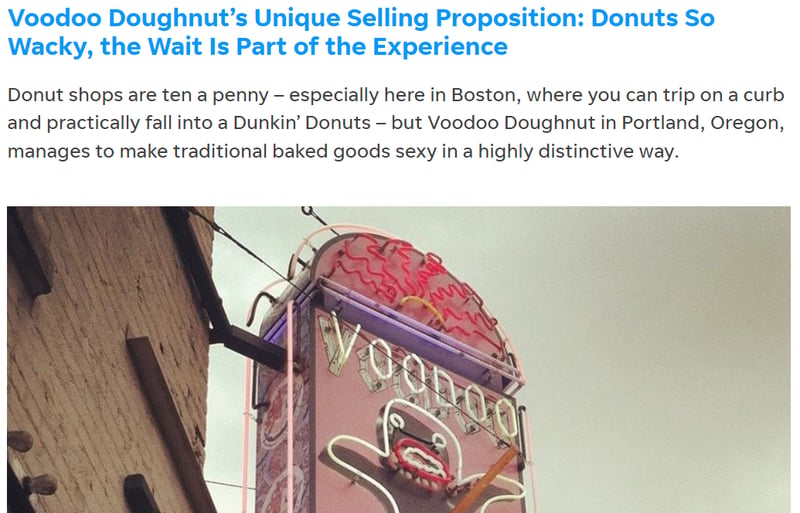
Doughnut shops are literally everywhere. Plus, you can grab doughnuts from grocery stores. But Voodoo Doughnut asks its customers a few specific questions:
- Will other doughnut shops have wacky flavors like mango-ginger and Captain Crunch?
- Are other doughnut shops open from 5 AM to 3 AM?
- Do other doughnut shops host weddings?
You can see how they stand out, huh?
Don't leave it vague. Defining your difference makes it simpler for you to showcase it and include it in your marketing. For example, center your design, logo, and slogan around it.
Step 4: Focus on Tangible Outcomes (ROI, time savings, etc.)
Your unique selling proposition should always lead to a result. What real, measurable benefit does the customer get from choosing you?
Think:
- ROI ("get 3x more leads in 60 days")
- Time savings ("cut your onboarding time in half")
- Peace of mind ("100% guaranteed resolution within 24 hours")
When you tie your difference to a result, it becomes more convincing and easier to remember.
Step 5: Write and Test Your USP
Now that you have the ingredients, it's time to put them together. Keep it short, punchy, and benefit-focused. You want people to understand it in seconds.
Here are a few plug-and-play USP templates to get you started:
- "Unlike [competitor/product], we [unique benefit], so you can [result/outcome]."
- "We help [target audience] [achieve goal] without [common frustration]."
- "Get [benefit] in [timeframe], guaranteed."
- "The only [product/service] that [unique feature], built for [audience]."
And don't forget, test it! Your USP should evolve with your audience, market, and offer. Use A/B testing in your landing pages, ads, and sales outreach to find what resonates.
Additional Resources for Crafting a Great USP
Once you've built a solid, unique selling proposition, the next challenge is knowing where and how to use it. Your USP shouldn't live only on your homepage, it should be embedded across your marketing strategy to consistently reinforce why you're the right choice.
Here are a few strategic ways to put your unique selling proposition (USP) to work:
How to Use Your USP in Drip Campaigns
Email or SMS drip campaigns are one of the most effective ways to nurture leads and convert them over time. But if your emails or SMS sound just like everyone else's, they'll get ignored or deleted.
That's where your unique selling proposition becomes powerful. By weaving your USP into every stage of your email and SMS sequence, from the welcome message to re-engagement messages, you keep reinforcing your biggest value.
For example, in emails, you can:
- Use your USP in your subject line to increase open rates.
- Reiterate your USP, unique selling proposition, in your second or third email to build trust and urgency.
- Highlight the core outcome your USP promises in your CTA (e.g., "Start saving 5 hours a week — here's how").
According to research, drip emails generate 80% more sales at 33% lower costs compared to standard email blasts. Your USP helps fuel that kind of performance.
CRM Marketing Tips for Differentiation
Your CRM is more than a database, it's a direct line to your leads and customers. When used correctly, it can help you reinforce your unique selling proposition across every interaction.
Here's how:
- Segment your audience based on interests, behavior, or pain points, and align your USP messaging accordingly.
- Customize follow-up emails with value-driven language that ties back to your USP.
- Use automation to trigger messaging that reminds customers why your product or service is different and worth sticking with.
Examples of Value Propositions That Work
Seeing real-world examples of strong value propositions can help you sharpen your own unique selling proposition. These brands have mastered the art of standing out:
- Slack: "Where work happens." Why it works: This USP positions Slack as the central hub for communication and collaboration. It's broad enough to apply to many industries, yet specific enough to signal its role in workplace productivity.
- Dollar Shave Club: "Shave time. Shave money." Why it works: It's short, clever, and instantly communicates value and differentiation. The unique selling proposition plays on words to highlight both convenience and cost savings.
- ClickUp: "Saving people time by making the world more productive." Why it works: This unique selling proposition clearly communicates a high-value outcome. It's focused on ROI — time saved and productivity gained — which speaks directly to the pain points of its target audience.
Each of these is short, clear, and benefit-heavy, and they all reflect what their brand does best. If you're wondering how to write a unique selling proposition that sticks, this is the gold standard to aim for.
Conclusion

Creating a unique selling proposition (USP) is tantamount to creating a logo, hiring employees, or handling finances – it's necessary to start a solid business.
A USP will help you stand out from the crowd, secure loyal customers, improve revenue, define your company's mission, and even aid your sales reps in creating pitches and making deals.
Just remember these five steps when writing a unique selling proposition:
- Know your ideal customer
- Don't just sell a product, solve a problem
- Identify exactly why you're different than the competition
- Display your solution in your advertising
- Convey your USP quickly
You may just find your profits increasing faster than you thought after adopting that new USP. If you happen to need any help managing all those new prospects, go ahead and request a demo with Ringy.
You'll have way too many customers to handle to do it without a good CRM.

Skyrocket your sales with the CRM that does it all.
Calling? Check. SMS? Check. Automation and AI? Check. Effortlessly keep in touch with your customers and boost your revenue without limits.

Take your sales to new heights with Ringy.
Sales in a slump? Ringy gives you the tools and flexibility you need to capture leads, engage with them, and turn them into customers.
Subscribe to Our Blog
Enter your email to get the latest updates sent straight to your inbox!
Categories
Related Articles




















